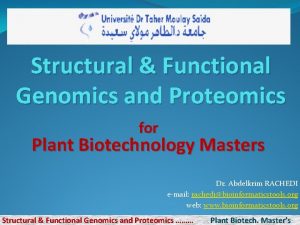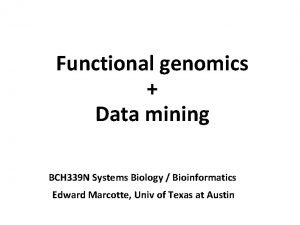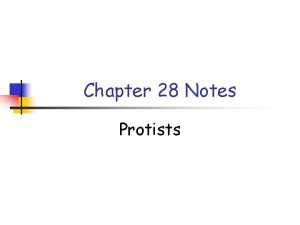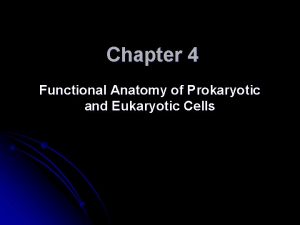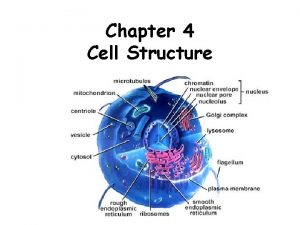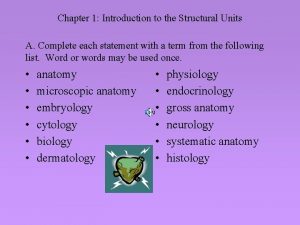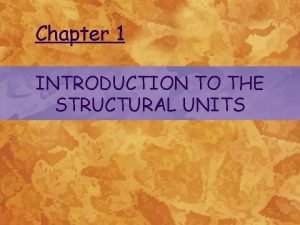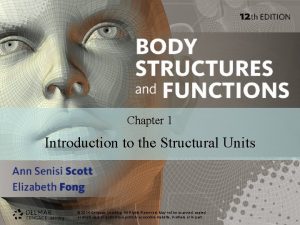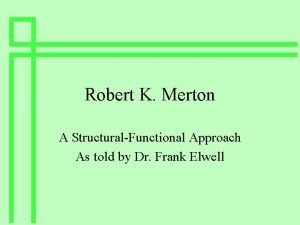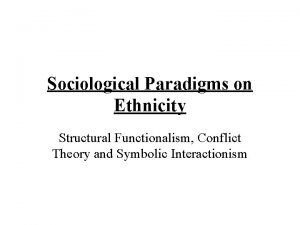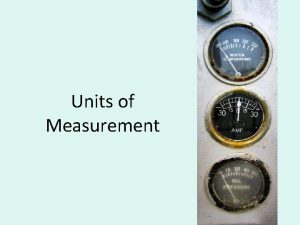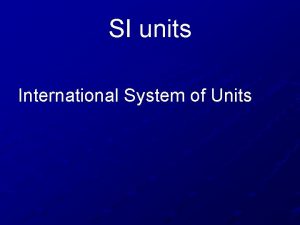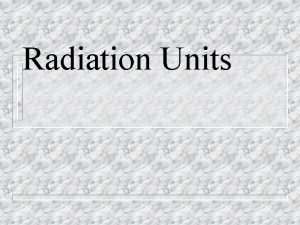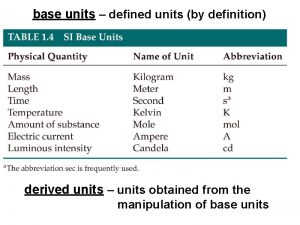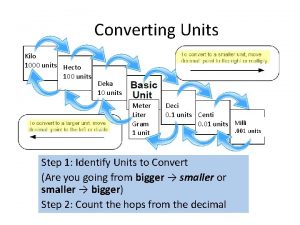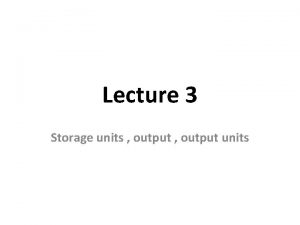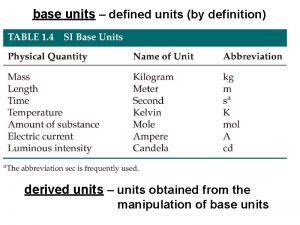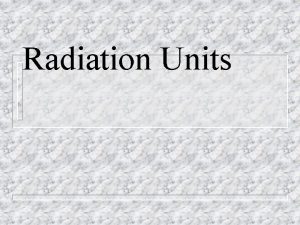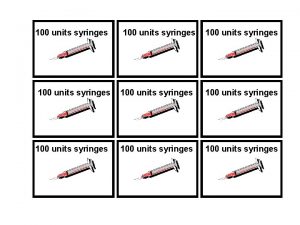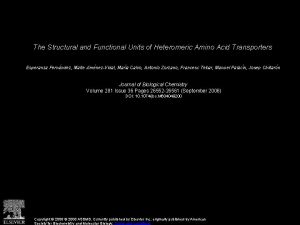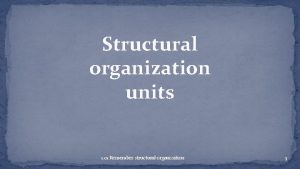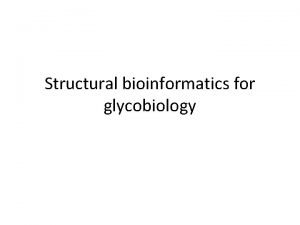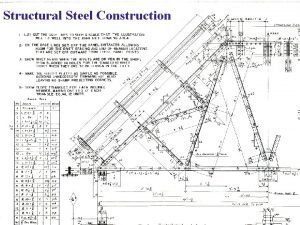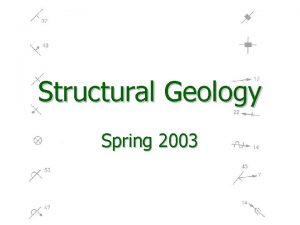The cells are structural and functional units of

























- Slides: 25

• The cells are structural and functional units of life. • In 1665, an English scientist Robert Hooke, while examining thin sections of cork, observed many hexagonal chambers, like a honey comb, which had no living matter.

ONION PEEL CELL

• There are different types of cells depending on their shape and size. It may be spherical, rod shaped, star shaped and from microscopic to very large cells. The largest cell is the ostrich egg and the smallest cell is mycoplasma gallisepticum. The longest cell is fibre cell in plants and nerve cell in animals.

• Robert Brown (1831) observed a dense spherical body named as nucleus. • Dujardin observed a jelly-like living substance in the cell which was named protoplasm by purkinje in 1839. • In 1838 -39 Schleiden, a German botanist Schwann, a German zoologist, founded the cell theory. • They postulated that cell is the basic unit of structure in life.

• STRUCTURE OF A CELL: • Structurally the cell is formed of three parts: 1. Plasma membrane 2. Cytoplasm 3. Nucleus

• Plasma Membrane or Cell Membrane: • Each cell is bounded by an extremely delicate, thin, elastic, trilaminar living membrane, called plasma membrane. • It is made up of two layers of lipid molecules with protein molecules sandwiching it. It is selectively permeable membrane which allows the flow of some substances into the cell and out of the cell.

• Cell Wall: The plant cells have an additional protective wall outside the plasma membrane, called a cell wall. • It is thick, rigid and nonliving envelope. It is made of cellulose. It prevents desiccation of cells. • It protects the plasma membrane and internal structure of the cell.

• Protoplasm: All the components of a cell including the cell membrane is known as protoplasm. • It is colourless, jellylike, viscous, semifluid substance which can be distinguished into a centrally located nucleoplasm and surrounding cytoplasm.

• Cytoplasm: Protoplasm around nucleus is called cytoplasm. • It is formed of proteins, lipids, carbohydrates, nucleic acids and certain inorganic substances. Many small membrane bound living bodies called cytoplasmic organelles are found inside the cytoplasm. • These organelles are the actual sites for various metabolic functions of the cells.

• Endoplasmic Reticulum(ER): It was described by an American biologist, Porter. • ER is a network of tube-like structures distributed extensively throughout the cytoplasm. • It may be rough, if ribosomes are attached to it or smooth, when ribosomes are not attached. • It increases the surface area of cell for various metabolic activities.

• Ribosomes: These are extremely small, rounded bodies found either in free state in the cytoplasm or attached to the surface of ER. • They are composed of RNA and protein. It helps in protein synthesis.

• Mitochondria: It was first described by Altman, but named by Benda in 1898. • Each mitochondrion is bounded by two membranes-outer and inner. • Inner membrane is pushed inwards at intervals called cristae which lie in a ground substance called matrix. • It possess enzymes for the oxidation of carbohydrate and thus release energy in the form of ATP. • For this reason mitochondria is called as power house of the cell.

• Golgi Bodies: Camilo Golgi in 1898 observed the structure for the first time. • Golgi bodies are membrane-bound organelles which occur in the form of tubules, vesicles or cisternae. • They help in the formation of cell plate during cell division.

• Plastids: They are doublemembraned organelles found in plant cells only. • A plastid shows two distinct regions –grana and stroma. Grana are stacks of membrane -bound, flattened, discoid sacs containing chlorophyll molecules. • These molecules are responsible for the production of food by the process of photosynthesis. They are therefore are called kitchen house of the cell.

• Lysosomes: Lysosomes were first described by de Duve. • They are small, enzymecontaining, single membrane-bound vesicles. • They function as intracellular digestive systems and are called demolition squads or suicidal bags. • They help in destruction of other foreign food materials.

• Centrioles: Centrosome is a slightly differentiated region of cytoplasm close to the nucleus of animal cells. • It has usually two central granules called centrioles. It helps in the process of cell division. • centrioles and in the formation of cilia and flagella of the cells.

• Vacuoles: They are small or large sized organelles which are filled with liquid or sap and are membrane-bound. • In animal cells, vacuoles are smaller in size and lesser in number as compared to plant cells. • The cell sap is a watery solution rich in sugar, proteins, amino acids, metabolic wastes and minerals.

• Nucleus: It is surrounded by a double membrane called nuclear membrane. Inside the nucleus thread like structures called chromatin is present which appears as short, thick, rod-like bodies called chromosomes at the time of cell division. The chromosomes contain stretches DNA called genes.

PLANT CELL

PLANT CELL

PLANT CELL

BLOOD CELL

NERVE CELL


 Mikael ferm
Mikael ferm Difference between structural and functional genomics
Difference between structural and functional genomics Difference between structural and functional genomics
Difference between structural and functional genomics Structural and functional diversity in protists
Structural and functional diversity in protists Figure 6-2 structure of a typical bone
Figure 6-2 structure of a typical bone Pns water view position
Pns water view position Chlorocruorin
Chlorocruorin Venn diagram for plant and animal cells
Venn diagram for plant and animal cells Masses of cells form and steal nutrients from healthy cells
Masses of cells form and steal nutrients from healthy cells Anatomy of prokaryotes and eukaryotes
Anatomy of prokaryotes and eukaryotes Band and loop space maintainer advantages
Band and loop space maintainer advantages Non functional plasma enzyme
Non functional plasma enzyme Enzymes
Enzymes Functional and non functional
Functional and non functional All cells exhibit basic structural similarities
All cells exhibit basic structural similarities Introduction to the structural units chapter 1 answers
Introduction to the structural units chapter 1 answers Phraseological fusions examples
Phraseological fusions examples Chapter 1 introduction to the structural units
Chapter 1 introduction to the structural units Chapter 1 introduction to the structural units
Chapter 1 introduction to the structural units Functionalism and media
Functionalism and media Structural functional analysis is given by
Structural functional analysis is given by Inequality
Inequality Sociological functionalism
Sociological functionalism Macro level sociology
Macro level sociology Principal cells vs intercalated cells
Principal cells vs intercalated cells Parafollicular cells vs follicular cells
Parafollicular cells vs follicular cells

